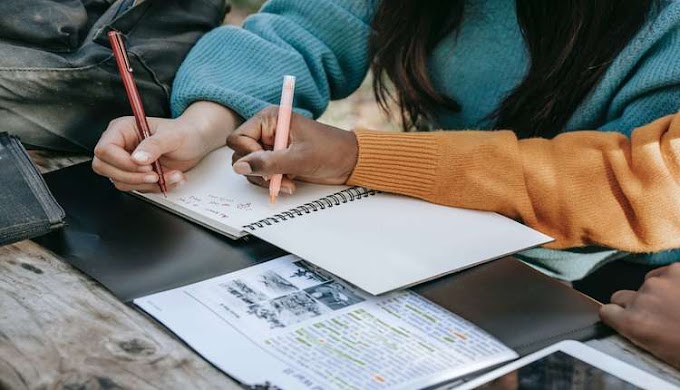What's the best way to safeguard your company's primary product packaging and ship it safely? For years, companies have been relying on cardboard boxes to protect their products during shipping. But when you're dealing with fragile items like glassware or other breakable things, these containers are just not enough protection. That's why many of today's companies are turning to plastic for their safety needs. We can use plastic in many different ways. One helpful way is to make clamshells with it, like ones that keep the product safe when it arrives. This is important if you are not happy with the product. If you need something durable to use in your house, this is better than cardboard. It prevents moisture from coming inside, and it lasts longer.
You will often see a pre roll packaging boxconsisting of a rigid box to safeguard the main product. Companies use kraft paper to secure the leading premium packaging from damages. The National Packaging Association wrote a blog post to help companies understand how to keep their products safe during shipping. The NPA provides a guide that shows how to pack items to protect them during transit. For example, you should use bubble wrap, air pillows, and foam peanuts to protect glassware and other fragile materials. Don't stack heavy boxes on top of each other. It can make the box get off balance and be unorganized. In addition, Packages can be damaged, and you need to refuse them. Inspect the packages before accepting them.
Secure all products with solid, sturdy packaging:
To keep your products safe while in transit, make sure you secure them down. Ensure the product is placed inside a box using enough packaging material to avoid moving around or getting damaged during transport. The safest method for holding packages is to use two hands when carrying them. Make sure your arms are underneath the package and lift with both legs rather than one leg to prevent back strain.
Don't use small boxes for heavy items. Using smaller-sized boxes can lead to issues when trying to transport heavier things like bottles that may be too bulky for the size of the box. To avoid this issue, always look at how many pounds each package weighs instead of just looking at its dimensions to determine which size box it needs.
When you need to move heavier or more sensitive items, make sure you pad the individual items with cushioning materials like bubble wrap. This will not only keep them safe but can also prevent damage to both the item and its box.
If an item is too heavy for one person to carry on their own, use a dolly made of durable material that has enough grip on it so that the individual won't slip while moving it. You can also have someone help load the package into your vehicle if it doesn't fit inside your car seat. If all else fails, consider hiring a professional mover who has experience in handling valuable shipments securely.
Double-box any fragile or expensive items to protect them from damage during shipment:
Make sure to double-box any item that could be damaged during shipping. You can place smaller items inside of larger ones, or you can use both boxes for one product. Place filler paper or material inside of the box that will create a buffer between the product and the walls of its container. Filler can include peanuts, shredded paper, packing foam, even crumpled up newsprint. Be sure to fill any space within your box once you add all your desired products for shipment.
Up-cycle old boxes:
If it is necessary to use new boxes for shipping, consider breaking them down after they are emptied so that you can up-cycle and reuse them later on. Some ideas for where you could store and reuse these items include. You are using them as gift boxes, storage bins for small items in your home or garage, lining pet cages with them so that your has bedding during travel times. You can get terrific ideas from https://impressionville.com/pre-roll-packaging/.
Use the right amount of packing peanuts to fill in gaps and prevent movement inside the box:
Make sure to put enough peanuts in each of your box's openings, whether it is around the sides or on the bottom. If you do not use enough packing peanuts during this stage of packaging, many of your products may shift around during transit which will damage them more easily.
Protect fragile items with cushioning paper:
If you're dealing with any item that is fragile and may be crushed, broken, or damaged easily by shifting materials, make sure to insert a layer of cushioning paper between the product and the packing peanuts. This extra step will provide an added level of security for these types of items so that they are not damaged during transport.
Make sure that your shipping label is displayed prominently on top of the package:
It's important to put the shipping label on the top of your package so that it can be scanned easily by carriers. If the label is placed on the bottom of your package, there's a chance that it will be left behind. The last thing you need as a seller is to be delayed in processing and sending out an order or having to deal with shipping issues like incorrect addresses listed on labels.
Take care not to use too many packing materials:
Packing peanuts are extremely handy when shipping large items such as mirrors, glass tables, china cabinets, and televisions. However, even these types can be protected by less material than what most people seem to think is necessary. If you're using more packing peanuts than absolutely necessary for your shipment, you're likely risking damage to your product because you're adding unnecessary weight and size to the package.
Conclusion:
When it comes time to ship your products, you can rest assured that your items will arrive safely. The best way to safeguard the primary packaging is by using a sleeve and tray box for maximum protection. You'll be able to keep all of your product information together in one place as well! If you have any questions or need assistance with this process, please feel free to reach out. We are happy to help make sure that everything arrives safe and sound at its destination. What other tips do you use when shipping packages?






